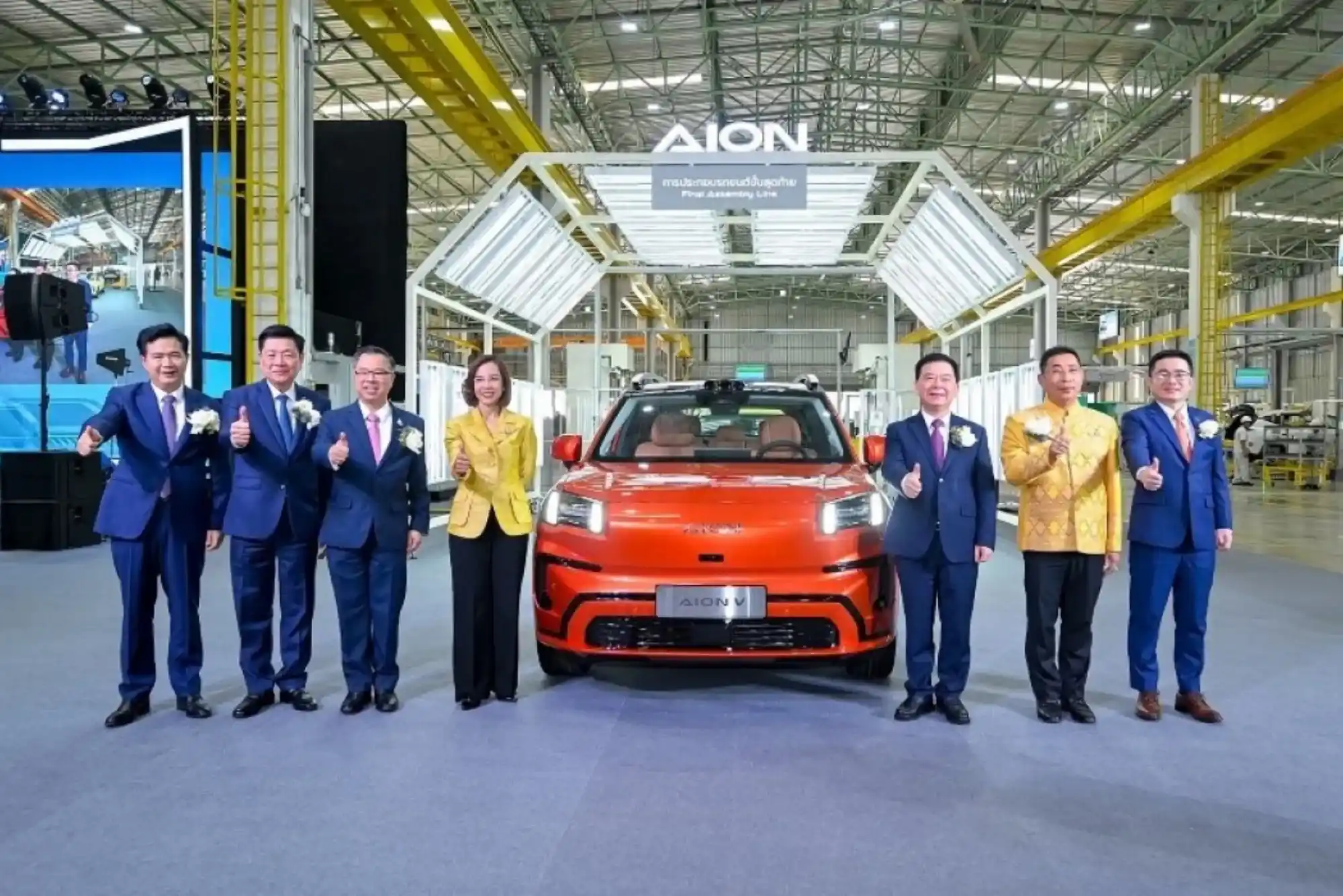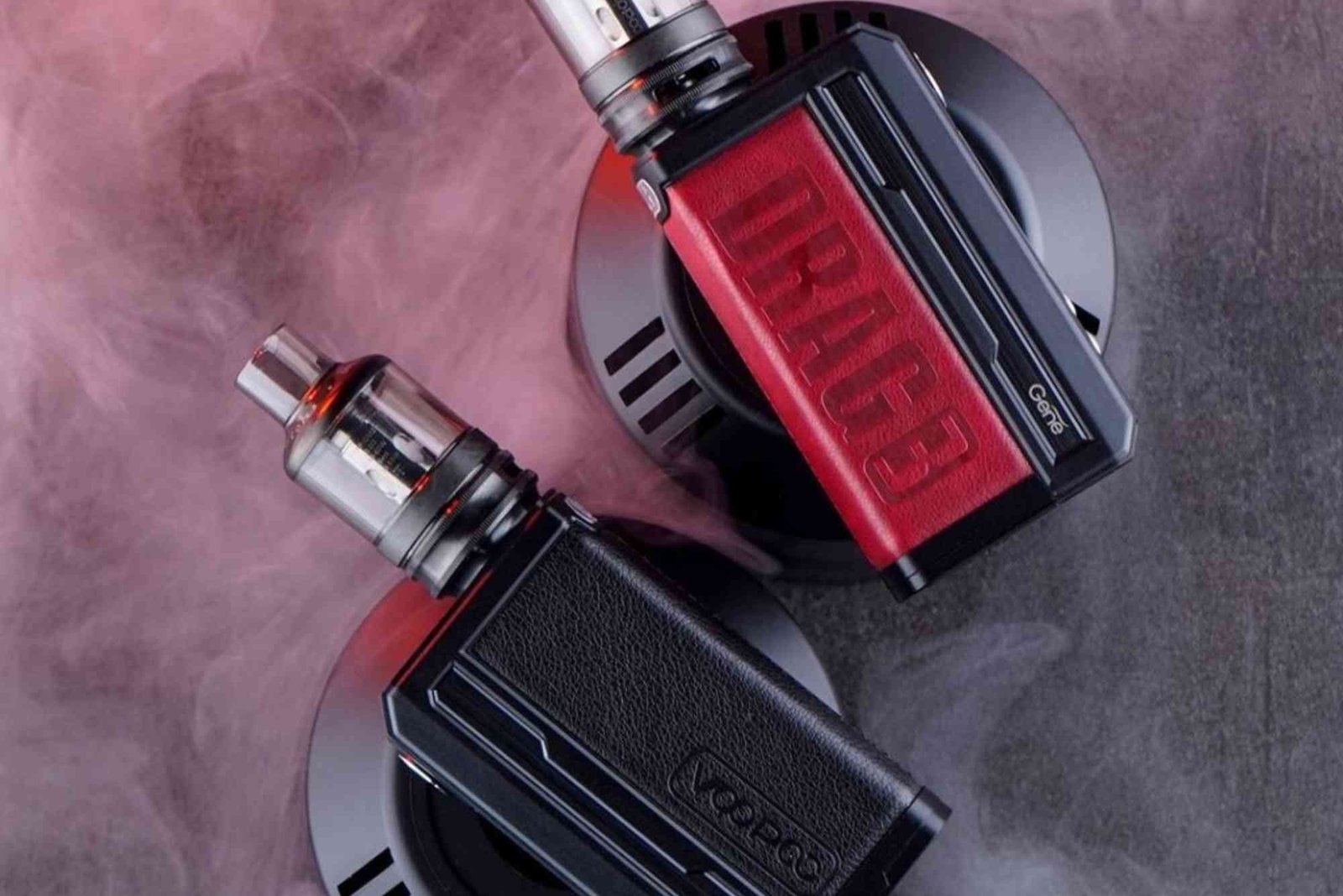In the rapidly evolving landscape of renewable energy, the technical specifications of battery energy storage systems (BESS) like Sungrow‘s PowerStack are crucial for understanding performance, compatibility, and suitability for specific applications. This article aims to demystify some of the key specifications of the PowerStack system to help potential users and investors make informed decisions. Let’s break down some of the major specifications and understand what they mean in practical terms.

Nominal AC Power: 250kVA@45°C
Understanding Nominal AC Power
The `Nominal AC Power` rating of a BESS indicates the amount of alternating current (AC) power that the system can deliver under standard operating conditions. For Sungrow’s PowerStack, this is rated at 250 kVA at an ambient temperature of 45°C. Here’s what this means:
– 250 kVA: This value represents the power capacity of the system. A higher kVA rating means the system can handle delivering more power, which is crucial for larger facilities or more demanding applications.
– @45°C: This specification underlines the temperature condition under which the system can still perform optimally. The ability to operate efficiently at higher temperatures is beneficial for installations in warmer climates without degrading performance.
Practical Implications
For businesses or energy systems that require a substantial amount of power, a 250 kVA system can support operations like powering large buildings, industrial machinery, or even small neighborhoods. The temperature specification ensures reliability and efficiency, even under stressful thermal conditions.
Max. THD of Current: <3% (at nominal power)
Total Harmonic Distortion (THD)
`Total Harmonic Distortion (THD)` is a measure of how much the wave form of the electrical currents deviates from the ideal. In simpler terms, it indicates the level of distortion in the electrical signal. For the PowerStack, a maximum THD of less than 3% at nominal power implies high quality of power output.
– <3%: This low percentage indicates that the electrical output is very clean, which is crucial for sensitive electronic equipment and ensures efficient operation of electrical devices. It reduces the risk of malfunctions and prolongs the lifespan of both the storage system and connected devices.
Practical Implications
A lower THD means the PowerStack is suitable for environments where electrical noise can cause problems, such as hospitals, data centers, and high-tech manufacturing facilities.
DC Component: <0.5% (at nominal power)
Direct Current (DC) Component
The `DC Component` specification measures the amount of direct current present in the AC output of the storage system. For the PowerStack, having less than 0.5% DC component means that the AC power is extremely pure.
– <0.5%: This low level indicates that the system effectively minimizes any DC leakage into the AC output, which is crucial for preventing damage to AC machinery and ensuring compliance with certain regulatory standards for power quality.
Practical Implications
This specification is particularly important for applications where even a small amount of DC in the AC supply could be detrimental, such as in medical facilities or in processes that require highly stable and clean power supply.
Conclusion
Understanding these specifications helps in assessing the suitability of Sungrow’s PowerStack for specific applications. Whether it’s the robust power output of 250 kVA, the low THD for sensitive environments, or the minimal DC component for protecting AC devices, each spec tells a story of reliability, efficiency, and advanced engineering. For anyone looking to invest in a state-of-the-art battery energy storage system, the PowerStack offers compelling features backed by Sungrow’s reputation for quality and innovation.






